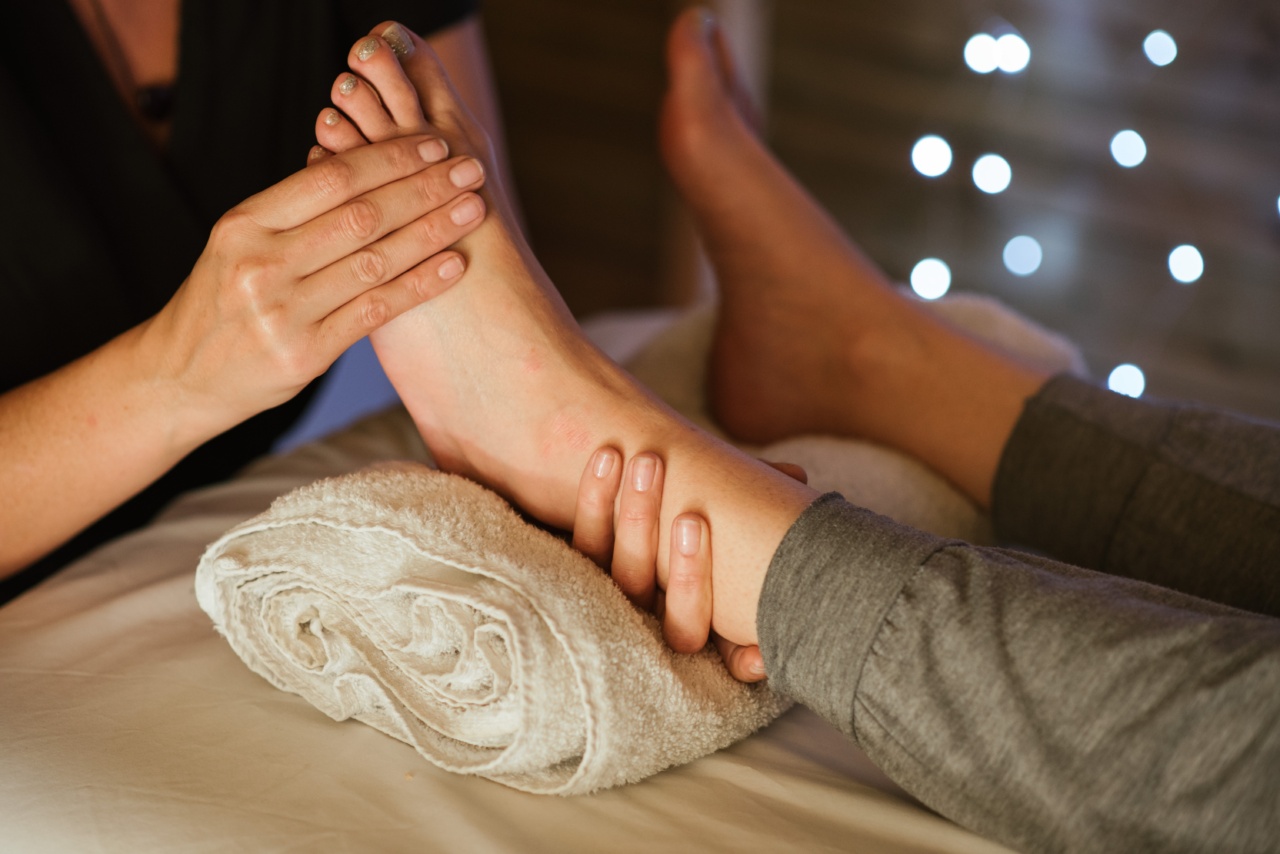Foot blisters are a common problem that can cause discomfort and pain. Whether you’re an athlete, a hiker, or just someone who spends a lot of time on their feet, blisters can be a nuisance.
However, with the right preventive measures and treatment strategies, you can effectively manage and avoid foot blisters. In this article, we will discuss various methods to prevent and treat foot blisters, ensuring that your feet remain blister-free and healthy.
Understanding Foot Blisters
A foot blister is a fluid-filled pocket that forms on the upper layers of the skin. Blisters can be caused by friction, heat, or other forms of skin damage.
When the outer layers of the skin become damaged or irritated, the body responds by producing a cushion of fluid to protect the affected area.
Foot blisters can vary in size and severity, ranging from small, shallow blisters to larger ones that cover a significant portion of the foot. In some cases, blisters can be painful and make it difficult to walk or wear shoes comfortably.
Preventing Foot Blisters
Prevention is key when it comes to foot blisters. By taking proactive measures, you can minimize the risk of developing blisters on your feet. Here are some effective strategies to prevent foot blisters:.
Choose the Right Footwear
The first step in preventing foot blisters is to wear appropriate footwear. Ill-fitting shoes that are too tight or too loose can significantly increase friction and rubbing, leading to blisters.
Ensure that your shoes fit properly, with enough room for your toes to wiggle comfortably without excessive movement.
When purchasing new shoes, try them on and walk around to ensure they don’t cause any discomfort or irritation.
Additionally, consider moisture-wicking socks that help keep your feet dry and prevent excessive moisture buildup, reducing the risk of blister formation.
Break-In New Shoes
If you’ve recently bought a new pair of shoes, it’s essential to break them in gradually to prevent blisters. Start by wearing them for short periods, gradually increasing the duration each day.
This allows the shoes to mold and adapt to the shape of your feet, reducing friction and minimizing the risk of blisters.
Use Protective Padding
Using protective padding in areas prone to blister formation can help reduce friction and prevent skin damage. Apply moleskin or a blister-specific adhesive pad to areas such as the heels or toes that are prone to rubbing against shoes.
These protective pads provide a barrier between the skin and the shoe, minimizing the chances of blisters.
Avoid Moisture Buildup
Excessive moisture can increase the likelihood of blisters. Whenever possible, keep your feet dry, especially during activities that make your feet sweat or when wearing non-breathable shoes.
Consider using moisture-absorbing powders or antiperspirant sprays to minimize moisture buildup.
Wear Properly Fitting Socks
Wearing the right socks is just as important as wearing appropriate footwear. Opt for socks made of moisture-wicking materials, such as synthetic blends or wool, as they help keep your feet dry and reduce friction.
Avoid cotton socks, as they tend to retain moisture and can increase the risk of blister formation.
Treating Foot Blisters
If despite your best efforts, you still develop a blister, it’s important to treat it properly. Here are some steps to effectively treat foot blisters:.
Leave Intact Blisters Alone
If the blister is not causing significant discomfort or pain, it’s usually best to leave it intact. The blister acts as a natural barrier against infection and provides cushioning for the underlying skin.
Avoid popping or draining the blister, as this can increase the risk of infection.
Cleanse and Protect
When treating foot blisters, it’s crucial to keep the area clean to prevent infection. Gently wash the blister and surrounding skin with mild soap and warm water.
Once cleaned, apply an antibacterial ointment and cover the blister with a sterile adhesive bandage or dressing. This helps protect the blister from further damage and reduces friction.
Drain Blister Safely
If the blister is large, painful, or likely to burst on its own, you may need to drain it safely. To do this, clean the area thoroughly, sterilize a needle or safety pin with rubbing alcohol, and carefully puncture the edge of the blister.
Allow the fluid to drain naturally, but avoid removing the skin on top. Apply an over-the-counter antibiotic ointment and cover the blister with a sterile bandage.
Preventing Infection
Preventing infection is vital when treating foot blisters. Keep a close eye on the blister and surrounding area for signs of infection, such as increased redness, swelling, warmth, or pus formation.
If you suspect an infection, seek medical attention promptly to prevent complications.
Give Blisters Time to Heal
Lastly, allow foot blisters adequate time to heal. Avoid activities that put excessive pressure or friction on the blistered area. If possible, keep the blister uncovered and allow it to dry out gradually.
If necessary, use a protective covering or bandage to prevent further irritation and aid in the healing process.
Conclusion
Foot blisters can be painful and inconvenient, but with proper prevention and treatment, you can manage and avoid them effectively.
Choosing well-fitting shoes, breaking in new footwear gradually, using protective padding, and maintaining dry feet are all essential measures in preventing foot blisters. If you do develop a blister, it’s crucial to treat it properly by keeping it clean and protected. Follow the steps outlined in this article to promote healing and prevent complications.
With care and attention, you can keep your feet blister-free and maintain optimal foot health.





























